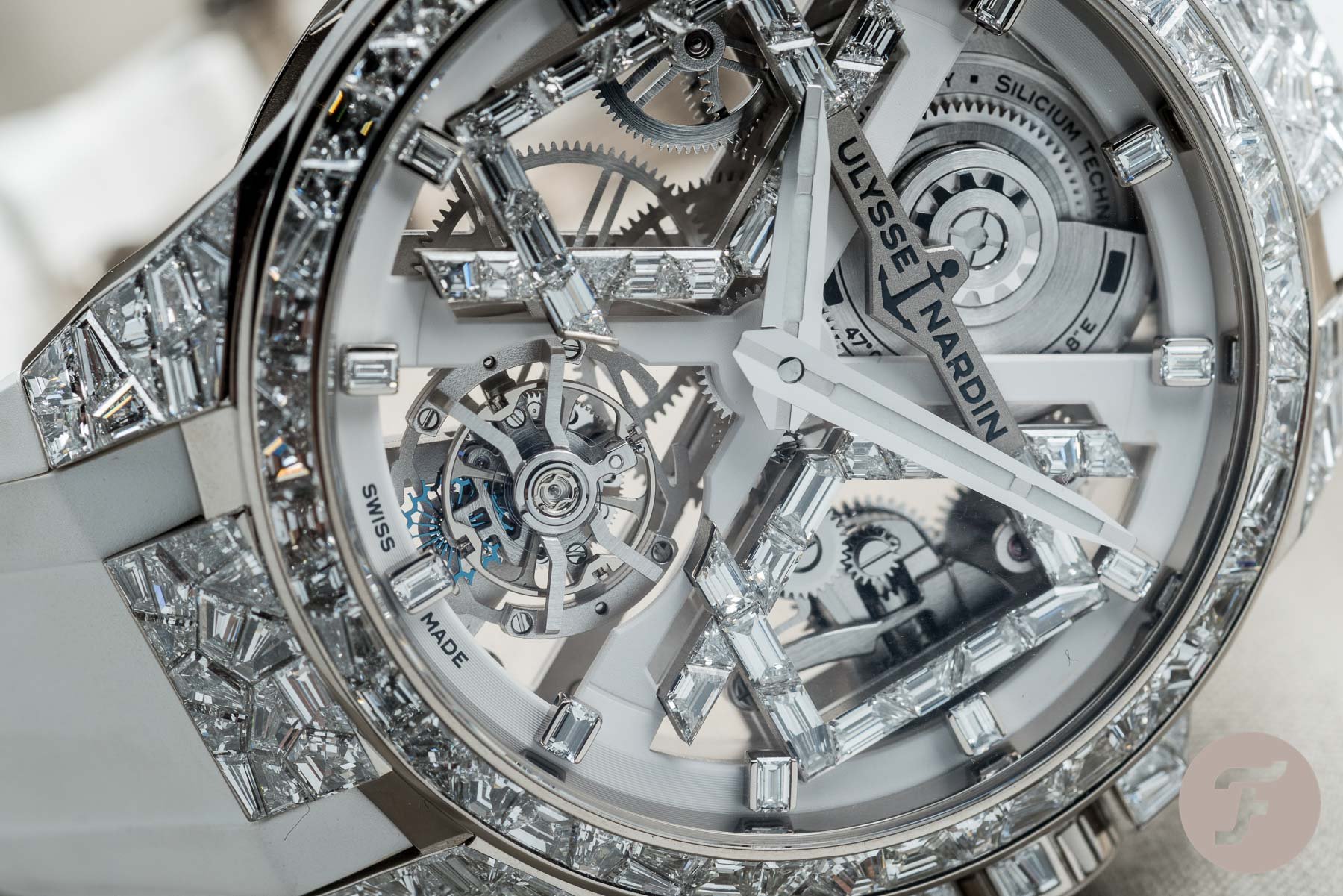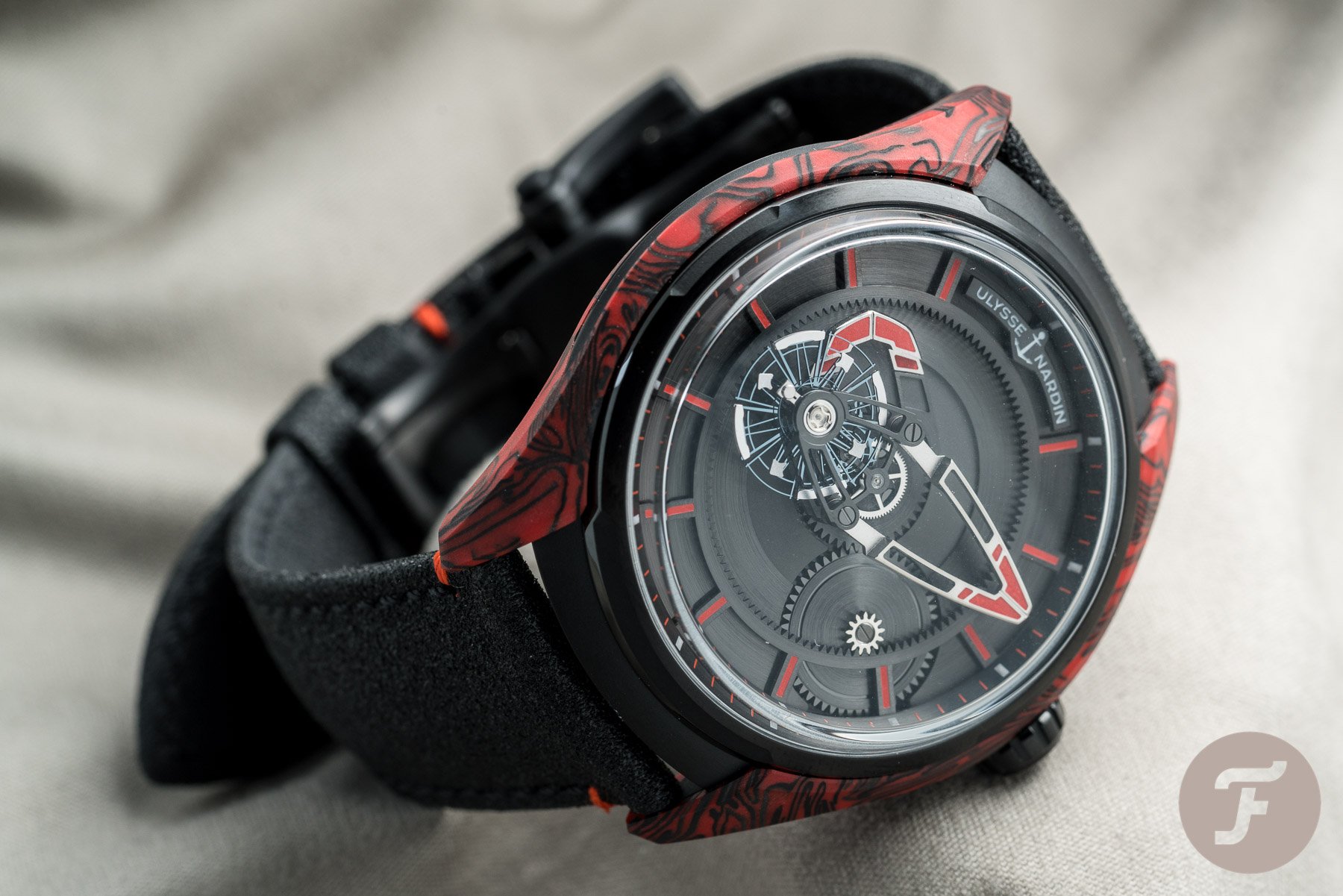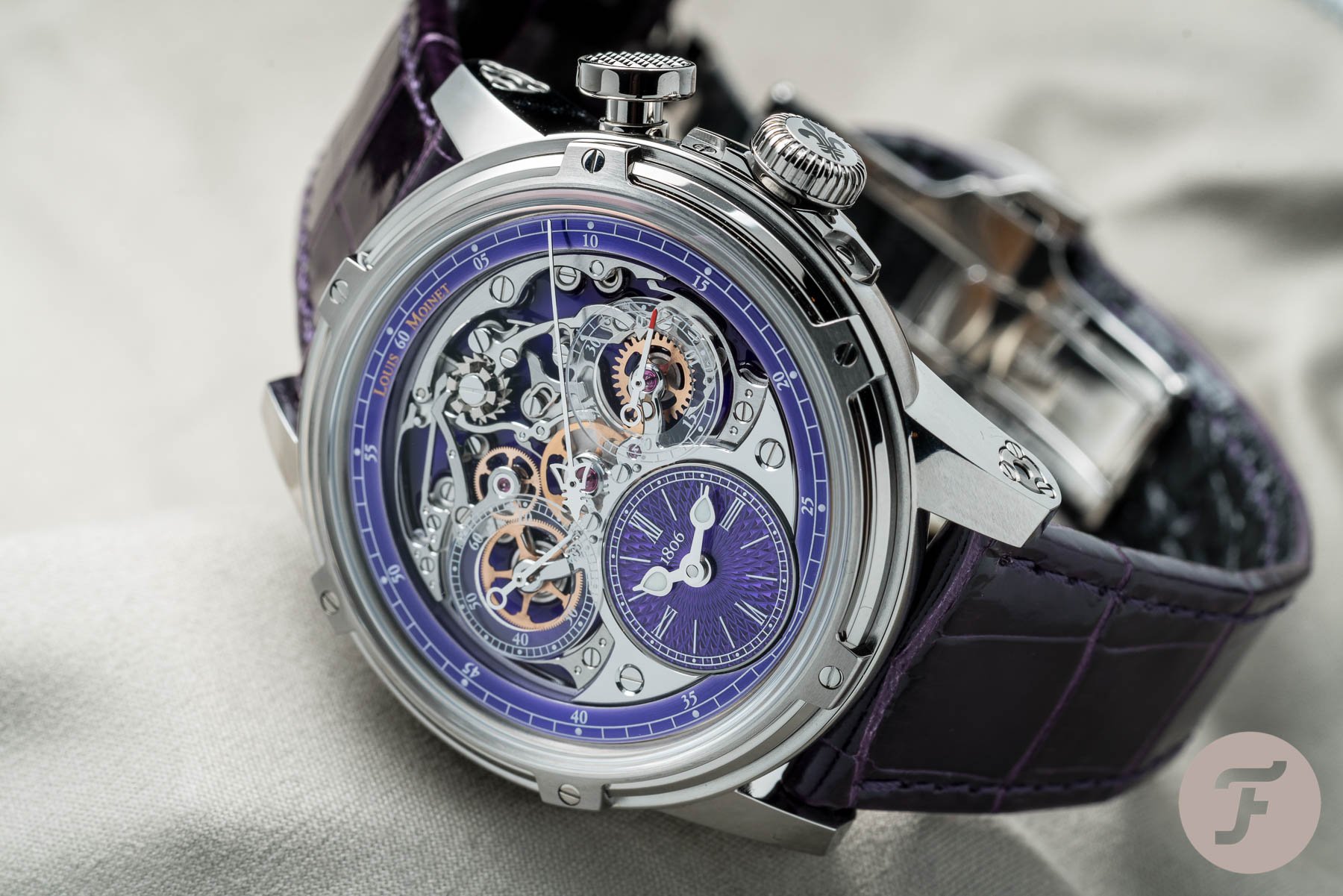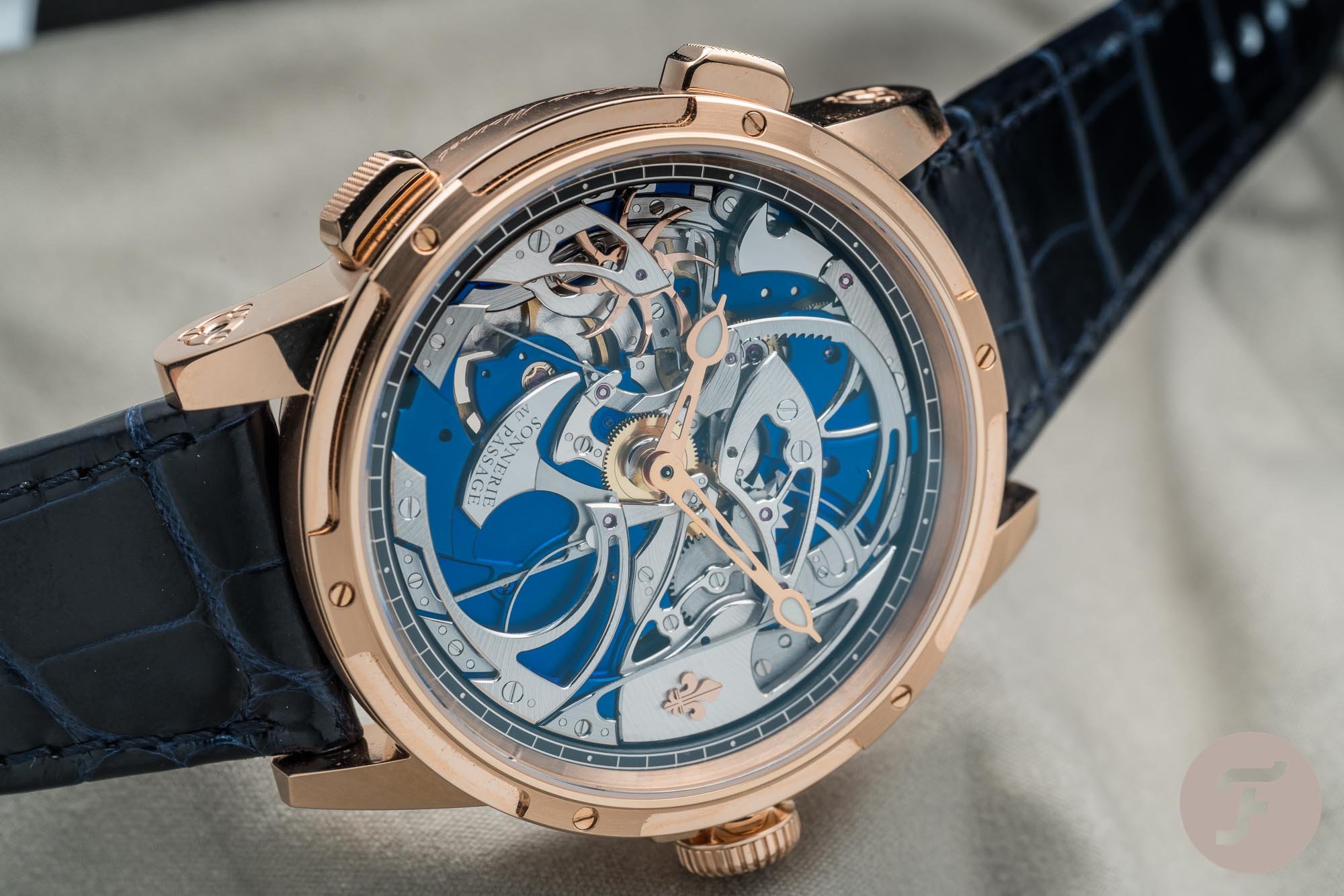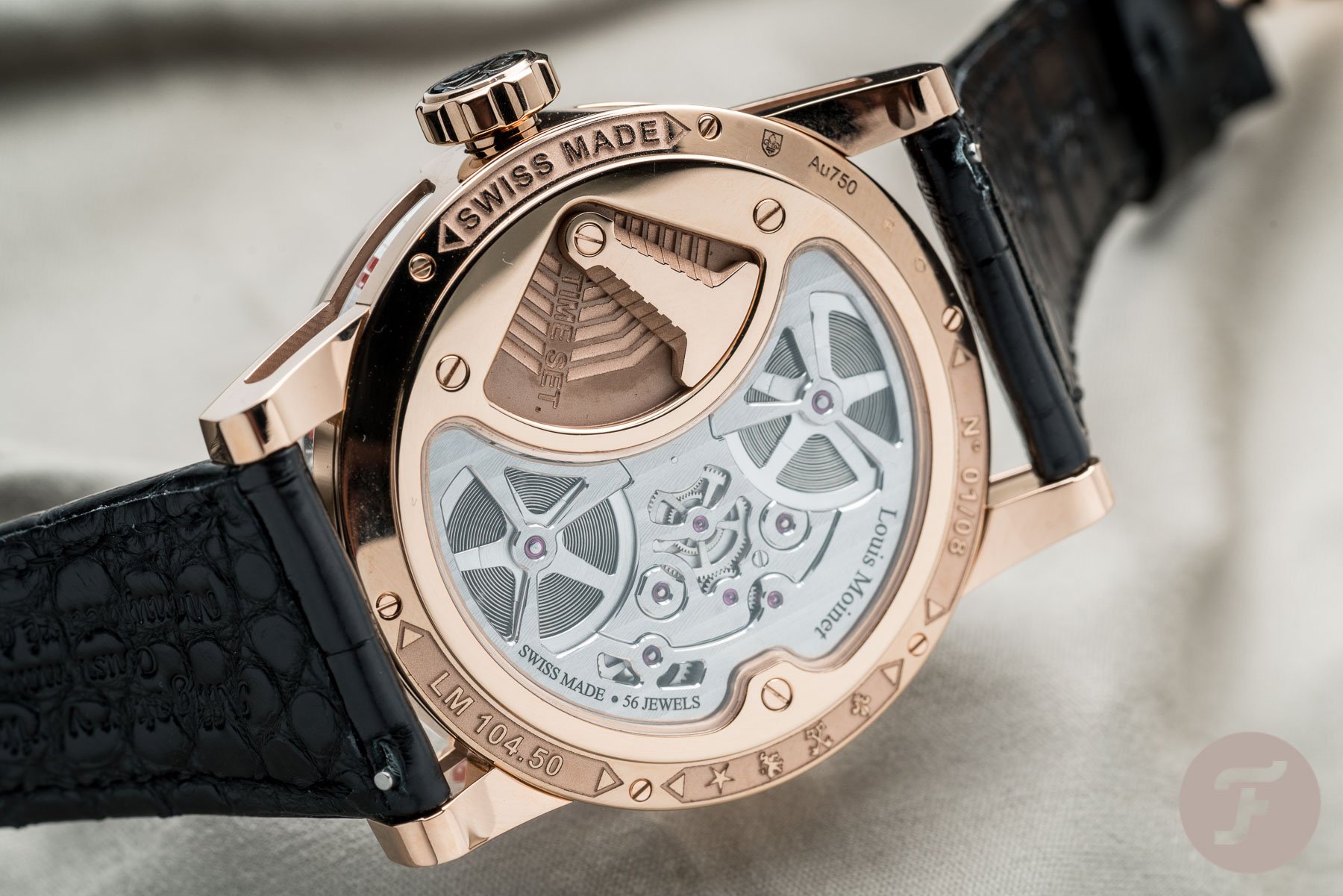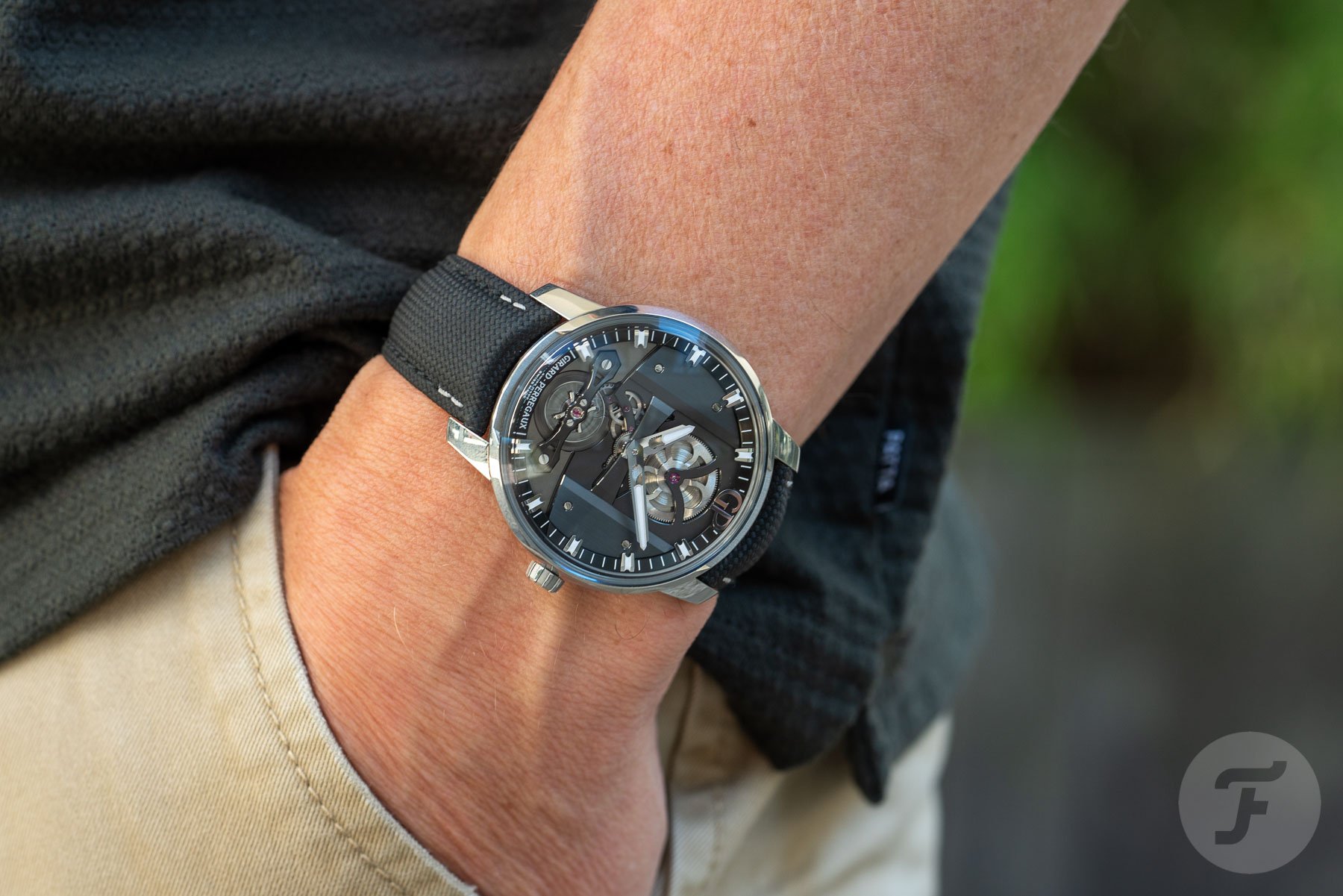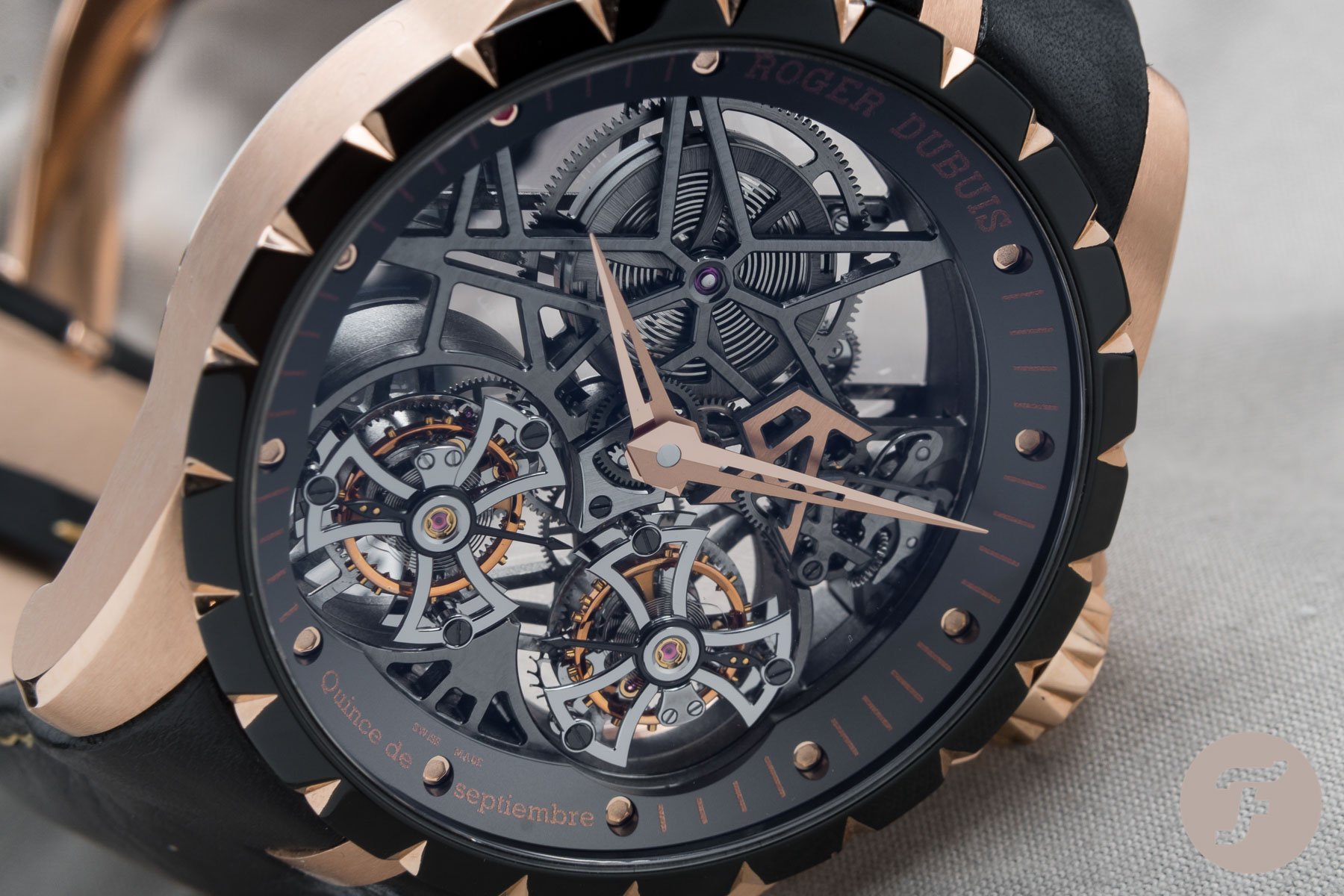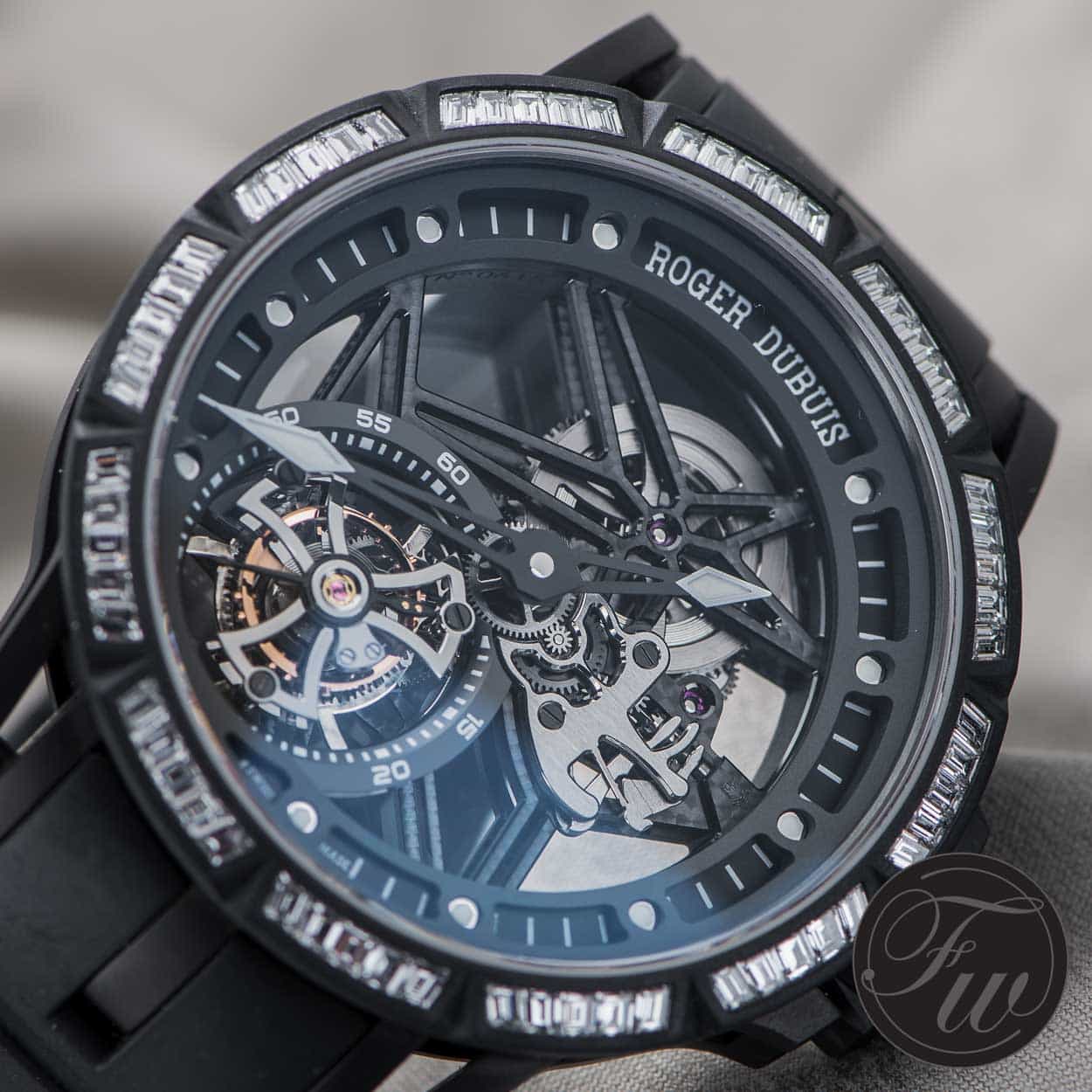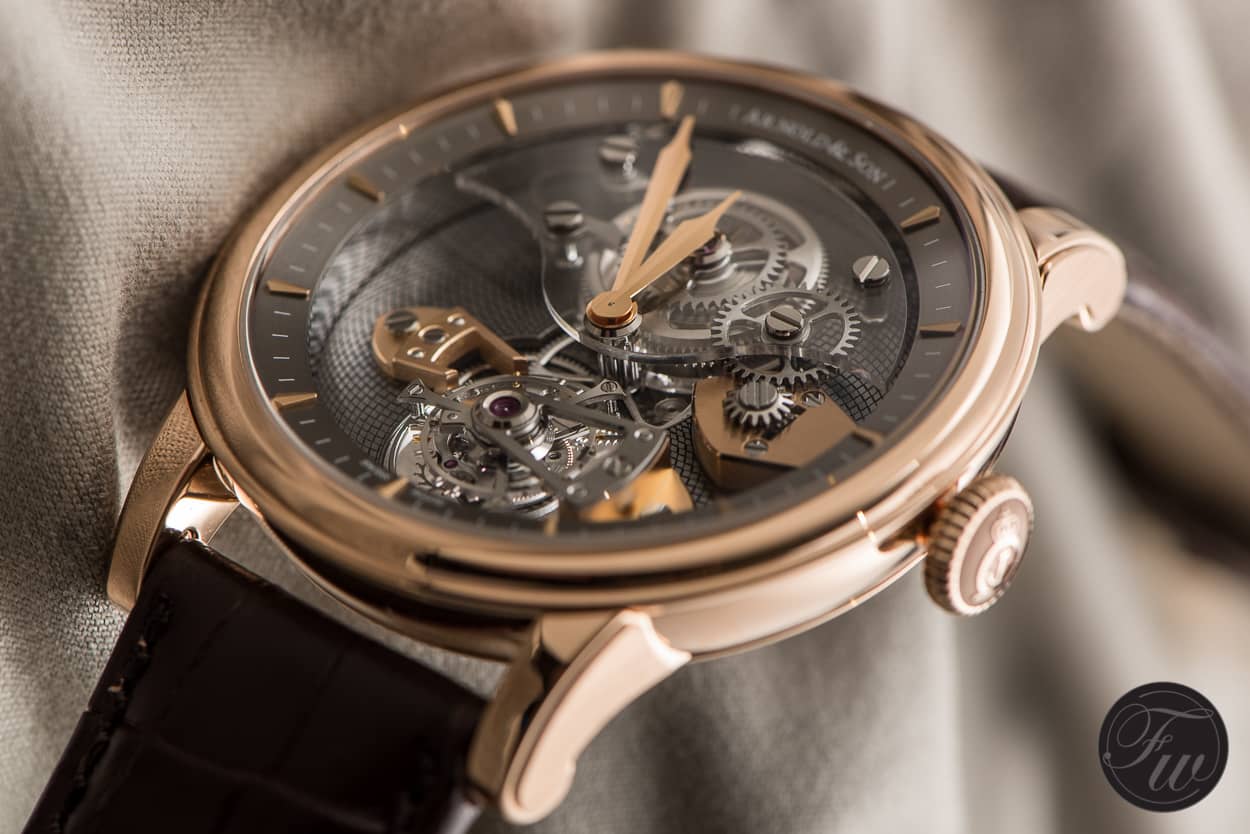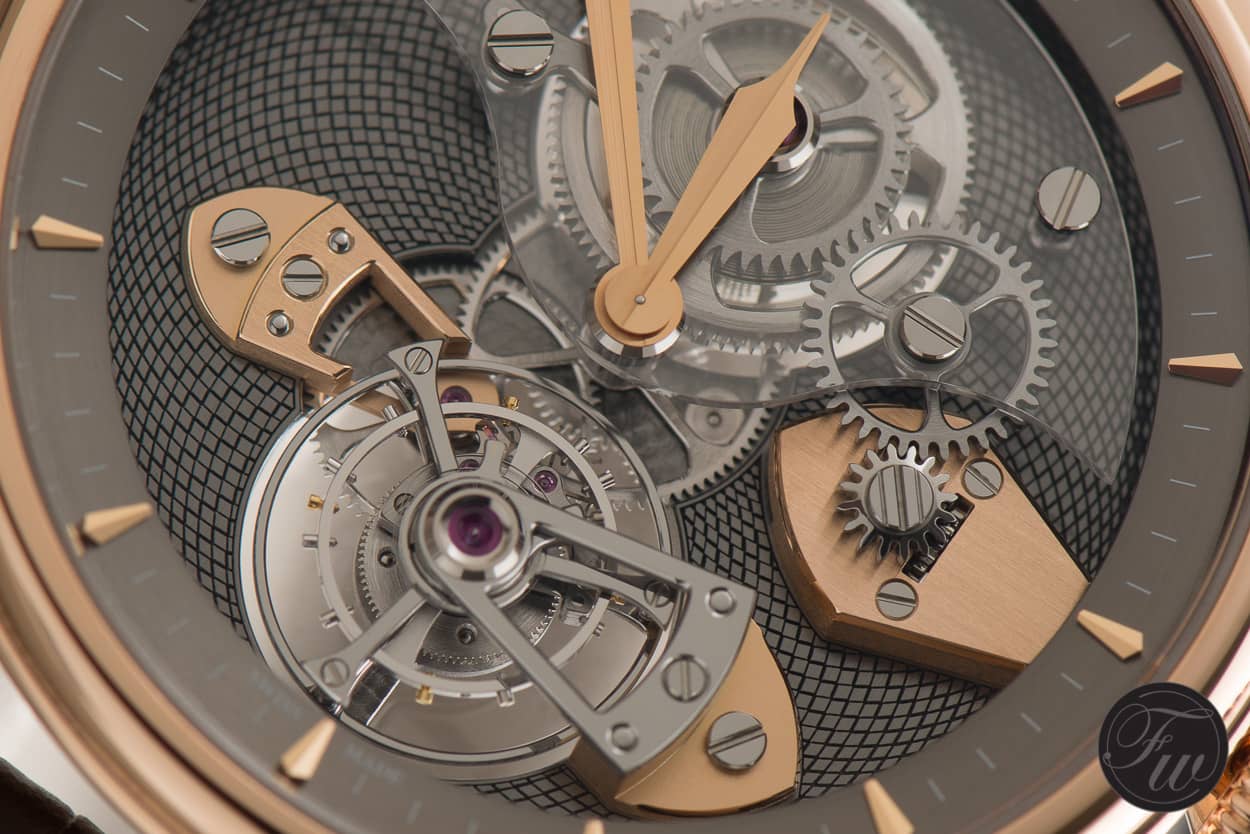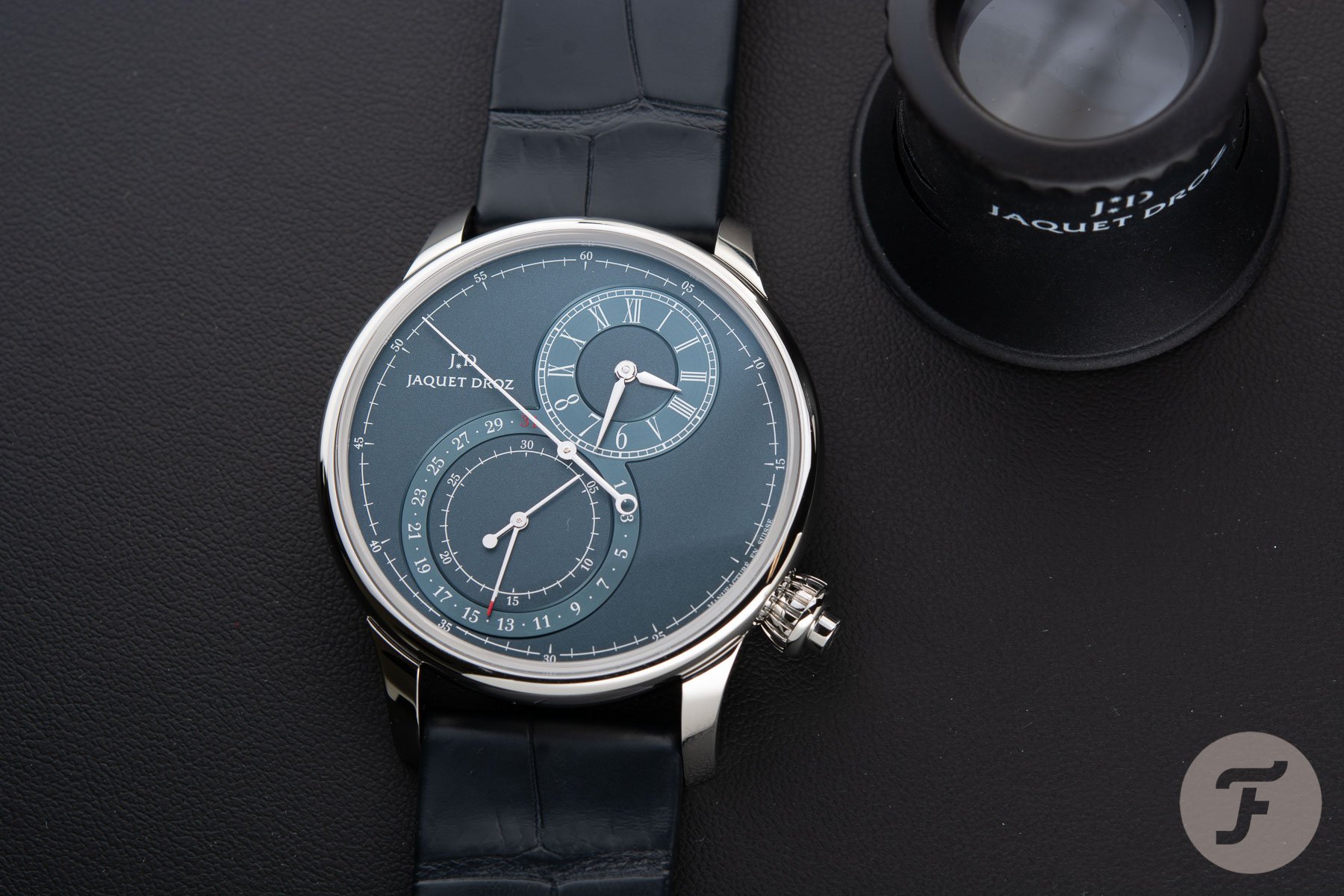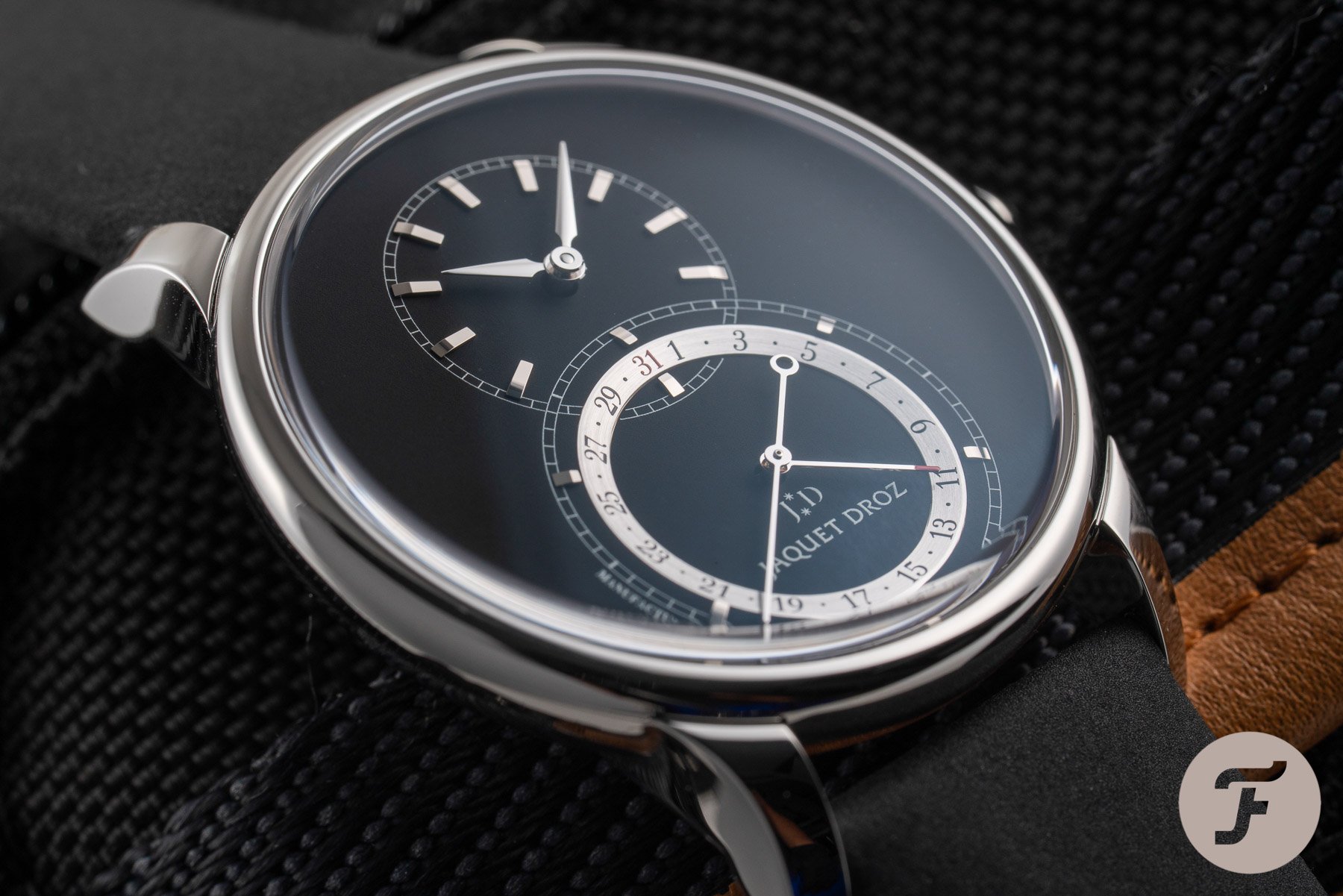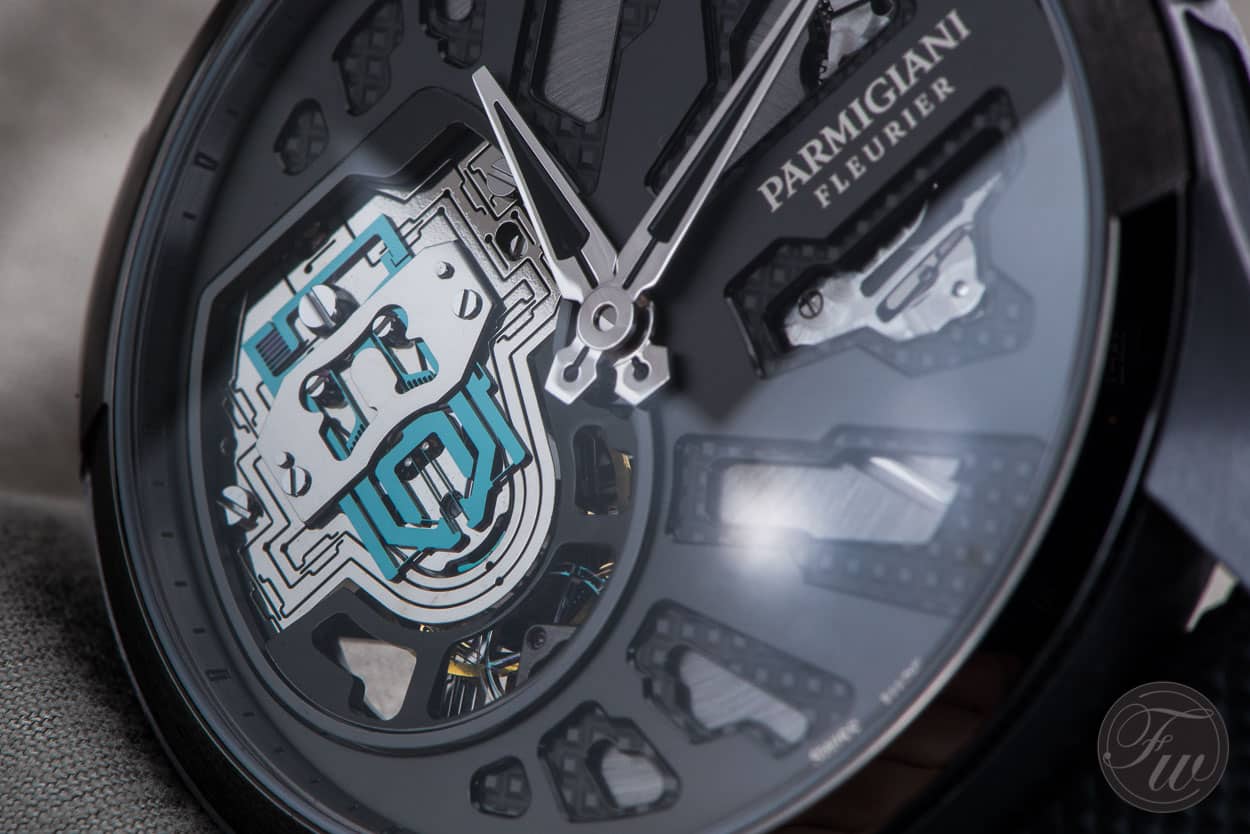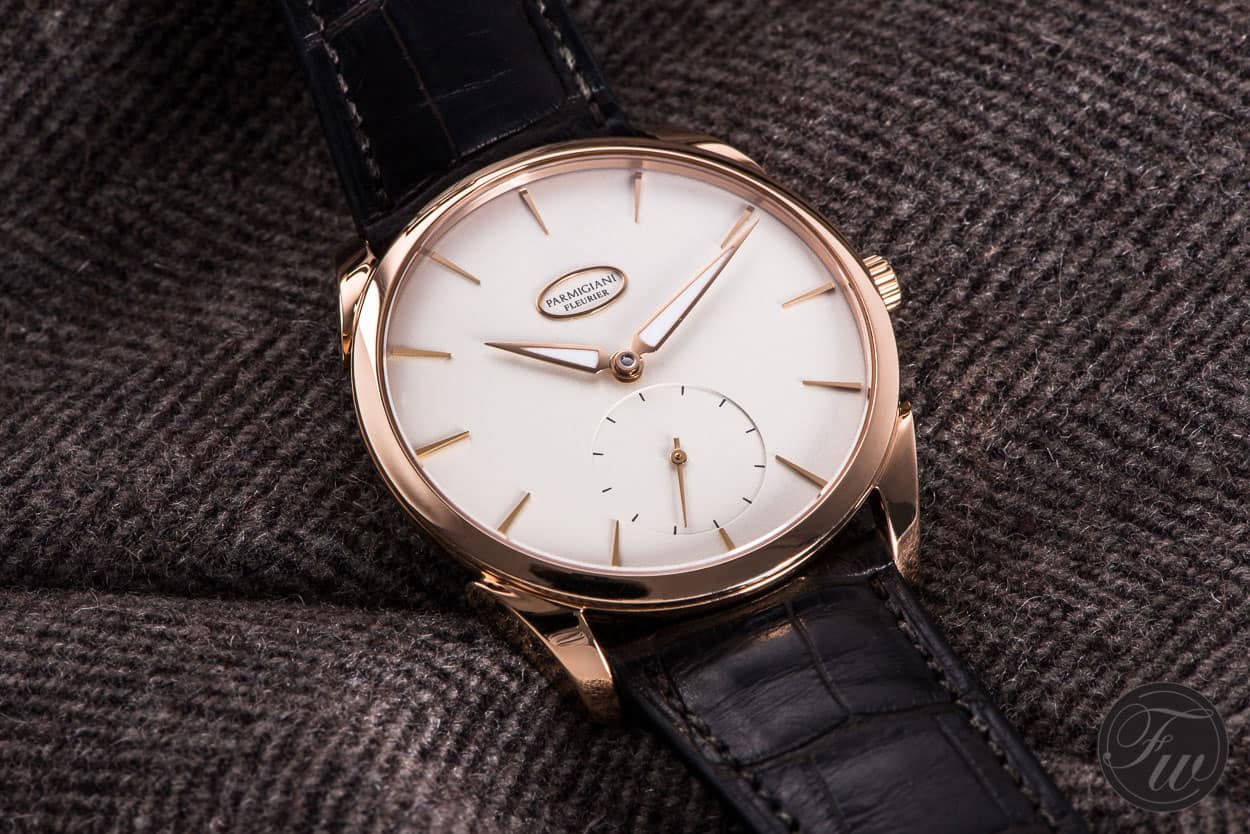Seven Divisive Luxury Watch Brands Doing Unexpectedly Worthy Work — Louis Moinet, GP, Jaquet Droz, And More…
Some luxury watch brands don’t get talked about nearly enough. It’s a real shame because some of them are actually working their socks off to contend with the bigger names in the industry yet barely getting a pat on the back for doing so. Does this then mean that it all really hinges on the name on the dial anyway? Whilst the leading names of the watch industry have certainly earned their hype in a number of ways, I think today is as good a day as any to give some love to the underdogs that deserve more attention than they are currently getting.
It really surprises me just how many of the following manufacturers are widely overlooked. You’ll probably even have a few of your own to add to my list. If you do, I’d love to hear more about them in the comments below! Of course, this is not by any means an exhaustive list. But these bashful brands are the first ones that spring to mind when I think of those who deserve more credit for contributing to the industry’s definition of quintessential watchmaking.
Ulysse Nardin
Over the course of 170 years, heavy clocks have transitioned into pocket watches. Pocket watches have turned into wristwatches. And all the while, Ulysse Nardin’s timepieces have been ticking away at the innovative forefront of every stage of this evolution. The Le Locle-born watchmaker has a rather taciturn approach to marketing and has chosen to specialize in marine chronometers from the moment of its conception. Perhaps these two factors play a role in the brand remaining a somewhat low-key player in the industry. The company continues to manufacture watches in its original premises located at number 3 rue du Jardin to this very day.
…its in-house expertise seems to know no bounds….
Despite Ulysse Nardin’s untimely death at just 53 years of age, the company was propelled forward by his son, Paul-David Nardin. By the turn of the century, Ulysse Nardin had developed a total of 9 chronometers fitted with tourbillon escapements and soon began focussing on shrinking its movements down to wristwatch size. What many may not know is that over the years, Ulysse Nardin has won several awards for its marine chronometers, deck watches, pocket chronometers, and wristwatches. The watchmaker had also already developed a 24″ split-second pocket chronograph by 1935. Capable of measuring a tenth of a second, its design won Ulysse Nardin medals for its ability to time competitive sports. Many of the manufacturer’s marine chronometers have been used to help navigate traders and sailors across the seas over the past 150 years, and its in-house expertise seems to know no bounds.
Schnyder’s reign
The manufacturer underwent a change in leadership strategy when Rolf W. Schnyder took over Ulysse Nardin in the 1980s. This helped by boosting the company’s brand identity and stabilizing it financially. With its heritage tightly wrapped around developing in-house components and having pioneered the use of silicon for the first time in its norm-defying Freak timepiece, Ulysse Nardin is an underdog whose impressive achievements deserve to be talked about.
Ulysse Nardin has also developed an in-house shock-absorbing system…
Over the last two decades, the manufacturer has launched its own musical timepiece with the release of the 2004 Sonata. The brand has developed several in-house calibers and produced an escapement made from DIAMonSIL in collaboration with Sigatec (an alloy of man-made diamond and silicium). Ulysse Nardin has also developed an in-house shock-absorbing system called UlyChoc, and offers a 5-year warranty on all its mechanical timepieces. With the production capacity to build its own regulating systems independently, Ulysse Nardin continues kicking doors down into new realms of watchmaking and has certainly earned its place as a leading horological contender.
Louis Moinet
With its HQ in Saint-Blaise, Switzerland, Louis Moinet is an extremely interesting luxury watch brand that creates all of its timepieces either in limited quantities or as rare one-offs. Appealing to those who are partial to adding a novelty timepiece to their collection. Each Louis Moinet watch is designed to feel unique on the wrist and is the result of independent manufacture. Louis Moinet was a contemporary to watchmakers like Perrelet and Breguet during the 1600s and 1700s. It is Louis Moinet who is now the record holder for the original design of the chronograph developed in 1816 (after much controversy) and is described as a master of ‘mechanical art’. It came to light that his chronograph caliber resembled the modern-day chronograph much more closely than Nicolas Mathieu Rieussec’s invention. The movement also ran at an astoundingly high frequency that would not be matched again for another century.
The French watchmaker was no one-trick pony. He was also a painter and sculptor and even dabbled in astronomy. In fact, it was his love for astronomy that led him to create his famous chronograph. Much of his time was spent in the Jura Mountains and Joux Valley. It was here that he was able to immerse himself in the practice of Haute Horlogerie. Ahead of their time, his many pocket watch calibers featured unusual arrangements comprising sets of gears that were positioned around the same pinion. His book on horology, ‘Le Traité d’Horlogerie’ was published in 1848, detailing the secrets to his many techniques, including the hand-finished gear trains of his marine chronometers and his improved mainspring design.
Reviving the master of mechanical art
Today, Louis Moinet is partnered with the Fondation de la Haute Horlogerie (FHH) and is led under the direction of CEO, Jean-Marie Schaller who revived the company 155 years after its birth. The ‘Les Ateliers Louis Moinet’ in St Blaise, Switzerland is now the epicenter of innovation for each of their watches. Some of the brand’s most recent innovations include the Derrick Tourbillon, which marries a tourbillon with an oil derrick. The Vertalor Tourbillon featuring a tourbillon cage hanging from a three-armed bridge. Another example includes the Memoris watch — a single pusher with a clutch column wheel.
Girard Perregaux
Girard Perregaux may be a lesser-known name in the industry today. At least compared to the much-praised Patek Philippe, for example. But its achievements reflect over 200 years of watchmaking expertise — having now filed over 80 patents. It was founded by the watchmaker, Jean-François Bautte in 1791 — an iconic figure in Swiss watchmaking. The company is one of the oldest out there. Yet age alone means nothing if you don’t have the know-how. Luckily Girard Perregaux has tons of the stuff. The brand developed the silicon blade constant force escapement and was awarded several gold medals for its 1889 La Esmeralda Tourbillon. Today, Girard Perregaux manufactures its instruments in the heart of La Chaux-de-Fonds.
…Girard Perregaux has kept its hands firmly grasped around its Manufacture status for two centuries and counting.
From tiny gear wheels to beautiful guilloche dials, the artisans at Girard Perregaux craft and assemble hundreds of complex components. Placing as much emphasis on the beauty of the mechanical elements inside the case as on the dial itself. The watchmaker turned heads during the 1800s with the exquisitely crafted Three Bridges of Constant Girard-Perregaux. More recently it developed the Constant Escapement L.M – another technical revelation. Between these two landmarks in the brand’s history was is its first high-beat mechanical movement. It featured a balance that could beat at 36,000 v.p.h.
It was produced in 1965 and for many, this development underscores the brand’s golden age of watchmaking. A time when GP created some truly elegant and refined timepieces. Others might disagree and argue that the brand’s shift towards the Royal Oak-inspired aesthetic has brought the brand too closely in line with the modern market. Whether you agree or not, Girard Perregaux has now kept its hands firmly grasped around its Manufacture status for two centuries and counting. The brand is worthy of its place amongst the more popular luxury watch brands out there.
Roger Dubuis
Roger Dubuis may be a much younger brand than the likes of Girard Perregaux. But it has managed to develop a grand total of 33 in-house mechanical calibers and developed some pretty neat timepieces. The company has a varied lineup of avant-garde watches and is definitely a solid contender in the field of hyper horology. The Roger Dubois Manufacture is housed in a beautifully designed building on the outskirts of Geneva. Its impressive glass walls reflecting the monumental nature of the timepieces which come to life behind them. The brand developed its first free-sprung balance back in 2003. This was followed by the launch of the Excalibur watch and two other caliber firsts; the world premiere double tourbillon skeleton and the minute repeater tourbillon.
Collaborations, cars, and carbon
The company is now part of the Richemont group. And over the last decade has predominantly focused its attention on the Velvet and Excalibur collections. Roger Dubois developed its first movement with bridges, tourbillon upper cage, and plate entirely crafted from carbon in 2017. To add to this, it has further strengthened its ties with the motorsport industry. Collaborating with Lamborghini Squadra Corse to make the Excalibur Huracán watch. The model is equipped with twin mainspring barrels, enabling it to sustain a rather impressive 60-hour power reserve!
Arnold & Son
Although 2018 marked the 240th anniversary of John Arnold’s marine chronometer, the brand as we know it today, Arnold & Son, was only founded in 1995. That being said, the British-born watchmaker (and the chronometer he developed in 1775) play a huge role in the brand’s success story. Its timekeeping accuracy was of two and a half minutes of variation over an eighteen-month period. This surpasses even today’s COSC chronometer standard ten times over. Some of his other innovations include a helical balance spring with terminal curves (in 1782). And before that, a balance featuring a bimetallic balance-spiral (1775). It should come as no surprise then that simplified versions of his chronometers were mass-produced for His Majesty’s Royal Navy. Mostly because Arnold’s marine chronometers were some of the most accurate to be produced in the 18th century.
A brand with 18th-century styling
Today, Arnold & Son’s manufacturing facilities reside in the Swiss Jura region of La Chaux-de-Fonds. Though not the most famous brand in the industry, the company’s heritage has contributed significantly to the industry’s definition of the modern-day chronometer. The 20 or so calibers used in Arnold & Son watches are all designed, developed, machined, decorated, and assembled in the company’s sister Manufacture, La Joux-Perret. Both companies are now owned by watch industry giant, Citizen. Despite never producing its own movements, Arnold & Son watches still hold onto their heritage, many of them imparting a distinctly 18th-century style.
…the history behind an Arnold & Son wristwatch significantly adds to the appeal of wearing one.
There is a strong theme of exclusivity running throughout the entire catalog at Arnold & Son since the company is renowned for creating timepieces in limited numbers. And whilst some watch enthusiasts may consider the company’s English roots closely tied to Swiss watchmaking tradition a touch ostentatious — others may feel the history behind an Arnold & Son wristwatch significantly adds to the appeal of wearing one.
Jaquet Droz
Clockmaking ignited a passion in Pierre Jaquet-Droz, who went on to establish the Jaquet Droz company in 1738. The brand is known for its highly visual timepieces that bring a high degree of dynamism to the wrist. Today, the manufacturer develops some of its modern timepieces inspired by the famous robotic automata. These three life-size humanoid figures, known as androids, and dubbed; The Lady Musician, The Writer, and The Draughtsman. All three of these well-traveled androids were a collaborative effort between Jaquet Droz and his neighbor, Jean-Frédéric Leschot, and were built during the late 1700s.
Each of their timepieces certainly imparts character and personality…
One-off timepieces and limited editions are now responsible for keeping the traditional crafts of this particular La Chaux de Fonds-based watchmaker alive. Some of these include spangled dials and grand feu enamel finishes that are otherwise close to extinction. Another specialty at Jaques Droz is the custom dial designs it offers. One of these custom dials can be found on the La Grande Seconde watch. And is inspired by an earlier 18th-century timepiece. Today, this watchmaker positions itself uniquely within the industry. Each of their timepieces certainly imparts character and personality, and yet it is not often a name that immediately springs to mind when we talking about some of the more highly-esteemed luxury watch brands out there.
A more recent addition to the Swatch Group
Jaquet Droz is one of the latest watch brands to have recently joined the Swatch Group. Although not initially considered a contender for the likes of Breguet, Glashutte, or Blancpain, it has quietly entered the running. It continues to operate very much like an independent manufacturer. Some of the playfully clever mechanics behind recent Jaques Droz include the Bird Repeater and the Loving Butterfly timepiece. The former features a tourbillon and a repeater, with a pair of moving Jura bird automata against a waterfall backdrop. The latter model brings the butterfly on its dial to life. Its wings flapping gracefully when the button in the crown is pressed.
Parmigiani Fleurier
Parmigiani Fleurier’s story is one of successful vertical integration. To practice luxury Haute Horlogerie in its own terms, the brand needed to become fully independent. It acquired Atokalpa in 2001 to kick-start this process. Atokalpa not only specializes in manufacturing its own micro-gears, pinions, and trains, but it also began manufacturing its own balance springs, escapement wheels, and pallet forks in 2005. Then came the expertise of precision bar-turning specialist, Elwin, who joined Parmigiani Fleurier. This helped in consolidating the brand’s strength in developing balance staffs, wheels, and Decathlon machines. Upon its creation, the Vaucher Manufacture Fleurier company became Parmigiani Fleurier’s engineering powerhouse for expert mechanical calibers and watch parts.
Since then, the company has produced watches in partnership with some of the biggest names in the automotive industry. One example of this being the Bugatti Type 370. It has also refined its approach to dial manufacture, with its 2005 purchase of the Quadrance et Habillage company. The fully verticalized watchmaking powerhouse is also responsible for the creation of the Bugatti Super Sport watch. Lovingly described as an “engine block for the wrist”. As well as the classic-looking Tonda 1950 in celebration of its birth year.
On that note, we have come to the end of my list. These are seven luxury watch brands that I feel significantly contribute to modern watch manufacture, and which are molding the future of Haute Horlogerie as we speak. Do you feel that I’ve left any out? What brands would you add to the list and why?

